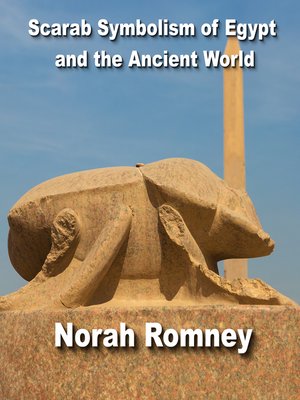Scarab Symbolism of the Ancient World
audiobook (Unabridged) ∣ The Scarabaues in Ancient Egypt, Phoenicia, Sardinia, Etruria
By NORAH ROMNEY

Sign up to save your library
With an OverDrive account, you can save your favorite libraries for at-a-glance information about availability. Find out more about OverDrive accounts.
Find this title in Libby, the library reading app by OverDrive.



Search for a digital library with this title
Title found at these libraries:
| Library Name | Distance |
|---|---|
| Loading... |
If you want to understand Ancient Egypt, you must demystify the concept of the Scarab and its subsequent symbolism. When we first meet the Scarab symbol in Egypt; itwe immediately see it was the symbol and tangible expression of an elevated religious idea, embracing that of future life, of the human soul, a resurrection of it, and most likely, a reward or scorning of it in the future life, based on its conduct in the terrestrial life. This concept cannot be underestimated. The ancient Egyptians were heavily involved in symbolism, which they fused into their Art; the Scarab symbolism was the most powerful of it all.
Scarab, in Latin, scarabaeus, forms the backbone of early ancient Egyptian religion. This symbol is specifically of the dung beetle (Scarabaeus sacer), which lays its eggs in dung balls fashioned through the rolling. This beetle was associated with the divine manifestation of the early morning sun, Khepri, whose Name was written with the scarab hieroglyph and who was believed to roll the disk of the morning sun over the eastern horizon at daybreak. Since the scarab hieroglyph, Kheper, refers variously to the ideas of existence, manifestation, development, growth, and effectiveness, the beetle itself was a favorite form used for amulets in all periods of Egyptian history.







